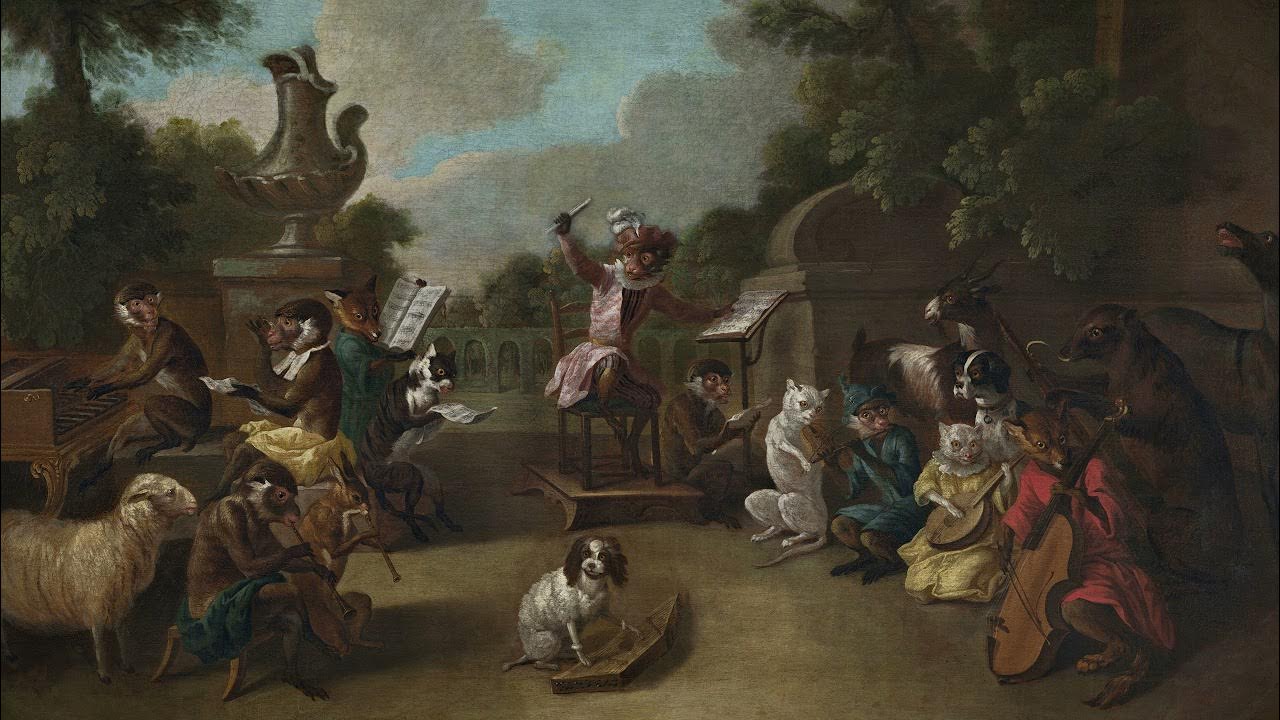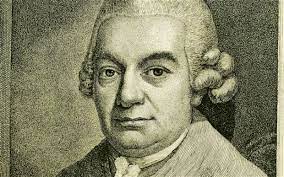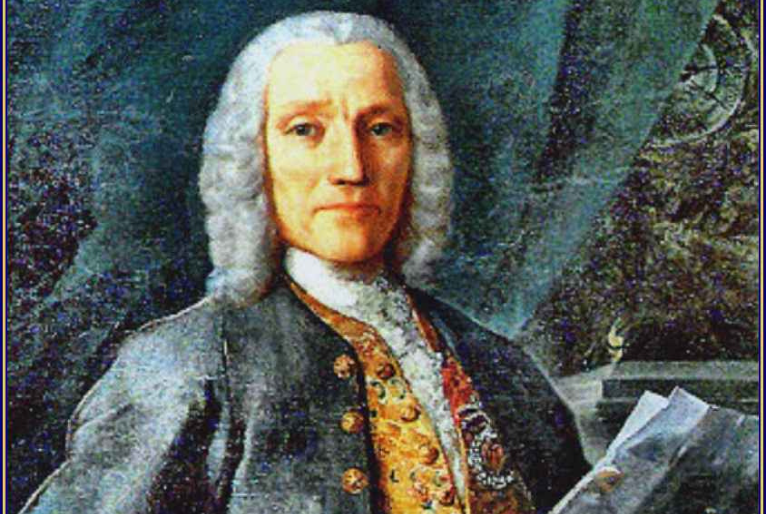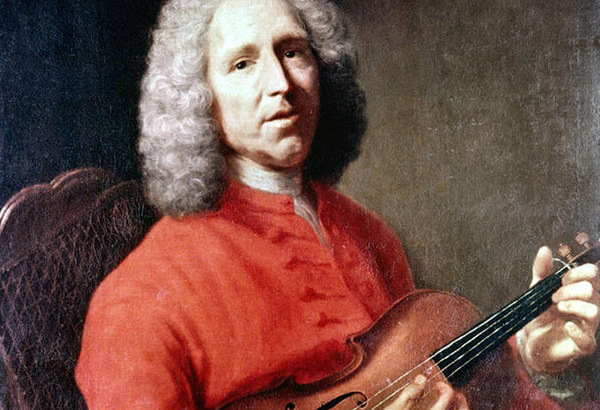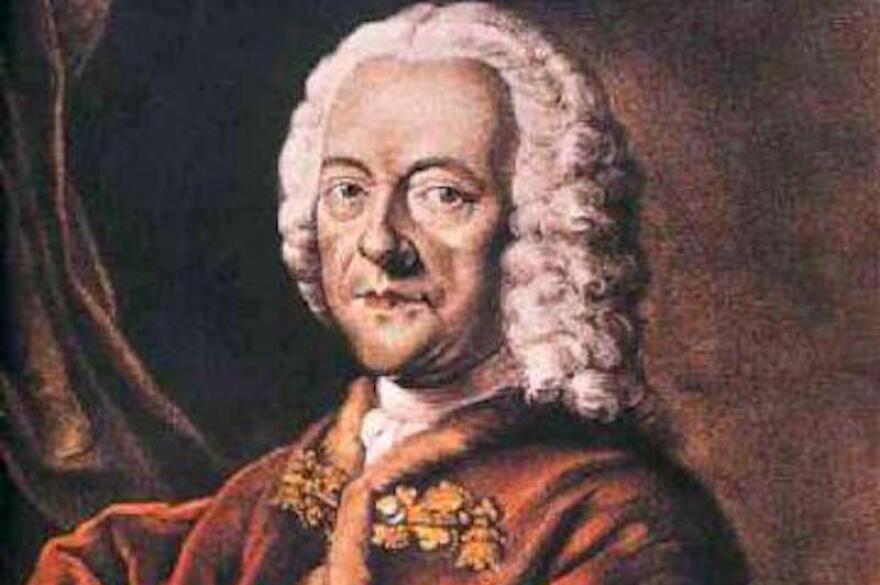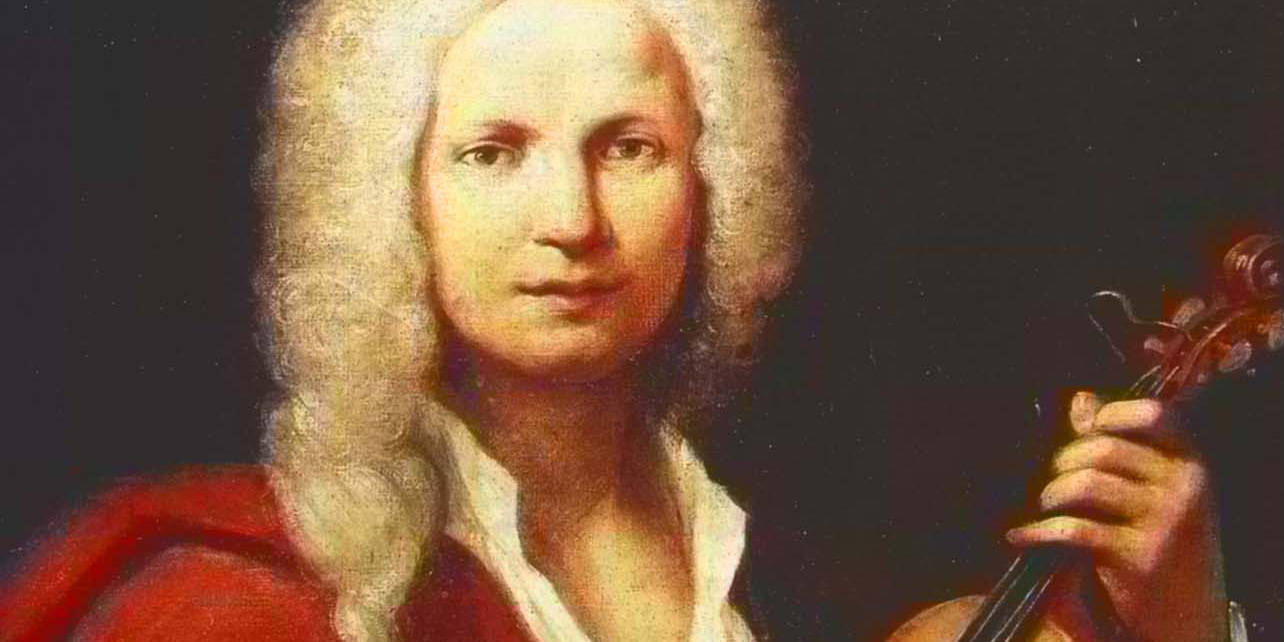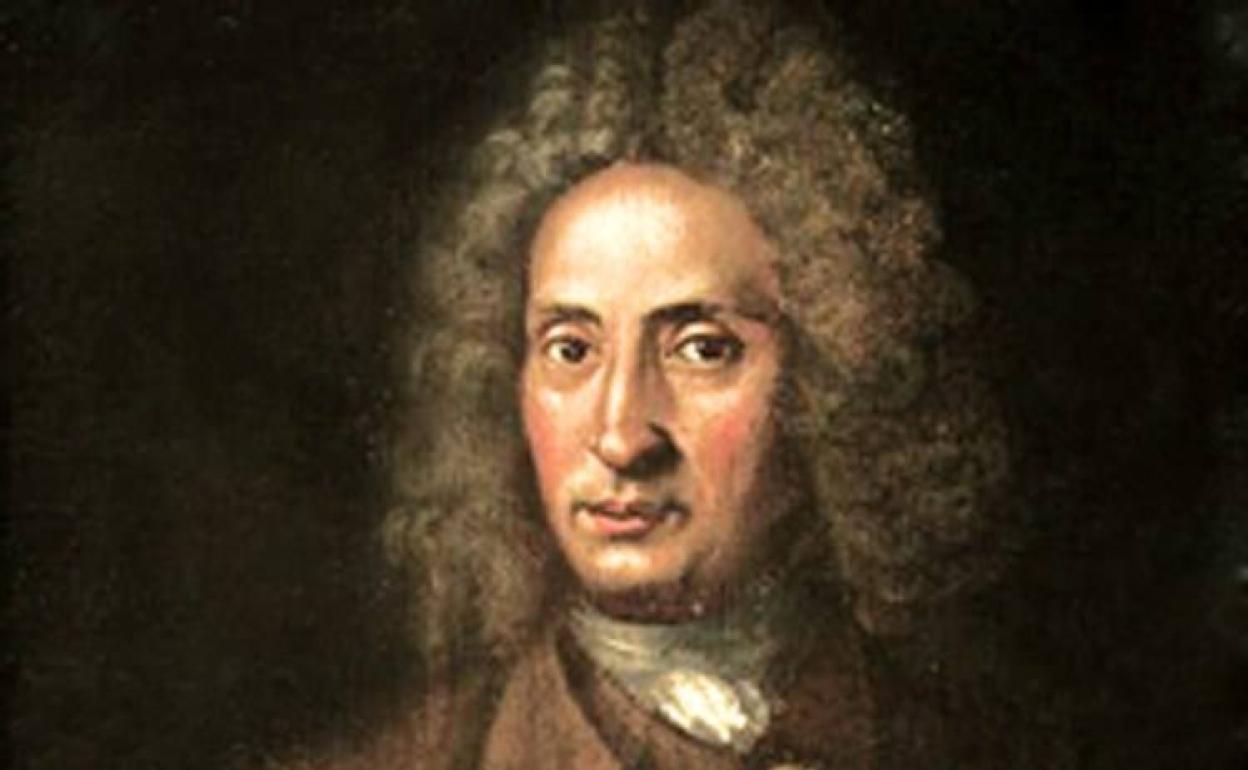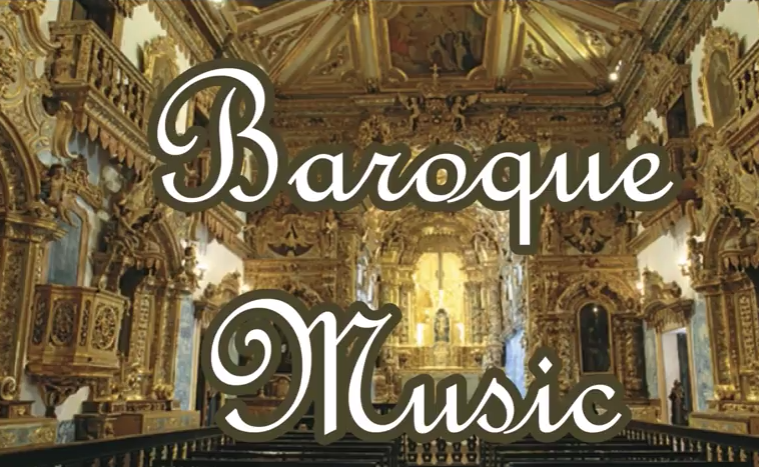Angelo Ragazzi (1680–1750) was an Italian Baroque composer and violinist whose works, while not as widely recognized as some of his contemporaries, display remarkable artistry and technical skill. His compositions are reflective of the late Baroque period, characterized by intricate counterpoint, expressive melodies, and a deep understanding of instrumental capabilities. Below is a list of ten of his most noteworthy compositions that showcase his talent and contribution to Baroque music.
Carl Philipp Emanuel Bach, the second son of Johann Sebastian Bach, was a pivotal figure in the transition from the Baroque to the Classical period. His music was highly influential, shaping the works of composers such as Haydn, Mozart, and Beethoven. Below is a list of his 10 best compositions, showcasing his innovative style and emotional depth.
Domenico Scarlatti (1685-1757) was a Baroque composer whose prolific output includes over 550 keyboard sonatas, which are considered some of the most significant works in the repertoire. Scarlatti's compositions are renowned for their inventive use of harmony, rhythm, and form, showcasing his ability to blend Italian, Spanish, and Portuguese musical influences. Here are ten of his most remarkable compositions.
Jean-Philippe Rameau (1683-1764) was a seminal French composer and music theorist of the Baroque era. His work profoundly influenced both the theory and practice of music in his time and continues to be revered today. Rameau's compositions encompass a wide range of genres, from operas and ballets to keyboard works and chamber music. Here, we delve into ten of his best compositions that showcase his remarkable talent and enduring legacy.
Georg Philipp Telemann (1681-1767) was a prolific German Baroque composer and a contemporary of Johann Sebastian Bach and George Frideric Handel. Telemann's immense output and innovative spirit made him one of the most influential composers of his time. Here are ten of his best compositions that showcase his versatility and creativity.
Antonio Vivaldi (1678–1741), the prolific Baroque composer and virtuoso violinist, left a profound legacy in the world of classical music with his vibrant and evocative compositions. Renowned primarily for his concertos, Vivaldi's works span a range of instrumental and vocal genres, each displaying his signature energy, inventiveness, and flair for melodic beauty. Here are ten of his most acclaimed compositions.
Édouard-Victoire-Antoine Lalo was born on January 27, 1823, in Lille, France. A prominent composer of the Romantic era, Lalo is celebrated for his distinctive compositions that merged French lyricism with bold orchestral colors and forms. His contributions to the symphonic and chamber music repertoires remain influential, though his recognition came relatively late in his life.
Édouard Lalo hailed from a family of Spanish descent that had settled in Lille. His father was a military officer, and Lalo was exposed to music early on, displaying a precocious talent. At the age of nine, he began studying violin and composition. In 1833, Lalo entered the Lille Conservatoire, where he studied violin with Baumann and composition with Joseph Müller. His early education provided a solid foundation in classical techniques, which he later expanded upon in Paris.
Tomaso Giovanni Albinoni (June 8, 1671 – January 17, 1751) was an Italian Baroque composer renowned for his instrumental music, particularly his concertos, sonatas, and operas. Although much of his work has been overshadowed by his more famous contemporaries, Albinoni's music remains significant, particularly for his contributions to the development of the concerto form and for his influence on later composers, including Johann Sebastian Bach.
Tomaso Albinoni was born in Venice, Italy, to a wealthy paper merchant, Antonio Albinoni. Unlike many of his contemporaries, Albinoni was not trained for a career in the church or as a court musician but pursued music as a gentleman amateur. His financial independence allowed him to compose prolifically without the constraints often faced by professional musicians of his time.
Baroque music, spanning from approximately 1600 to 1750, marks a pivotal era in the history of Western classical music. This period witnessed profound developments in musical form, style, and theory, paralleling significant changes in society, politics, and culture. The term "Baroque" derives from the Portuguese word "barroco," meaning a misshapen pearl, reflecting the era's ornate and intricate aesthetic.
The Baroque era emerged in the context of the Counter-Reformation, where the Catholic Church sought to reassert its influence against the rise of Protestantism. Art, including music, became a tool for conveying religious emotion and grandeur. This period also coincided with the rise of absolutist monarchies, such as the court of Louis XIV in France, where music played a central role in glorifying the state and its ruler.
Antonio Vivaldi, an Italian Baroque composer, is one of the most influential figures in the history of music. Known for his vibrant and expressive compositions, Vivaldi's work has captivated audiences for centuries. Here are ten interesting facts about this remarkable composer:
1 - The Red Priest: Vivaldi was often referred to as "Il Prete Rosso" (The Red Priest) due to his bright red hair. This distinctive feature was inherited from his father, Giovanni Battista Vivaldi, who was a professional violinist.
